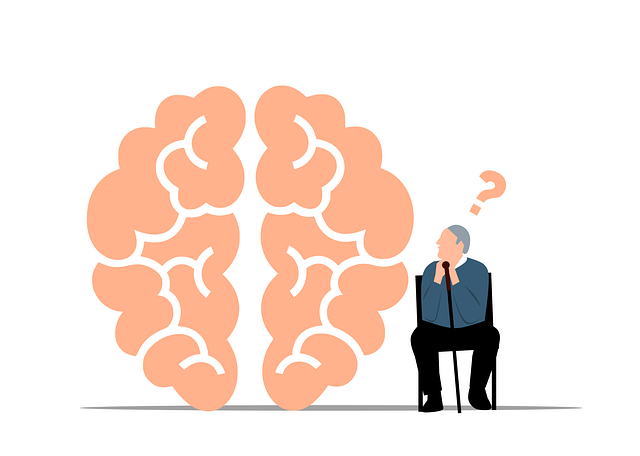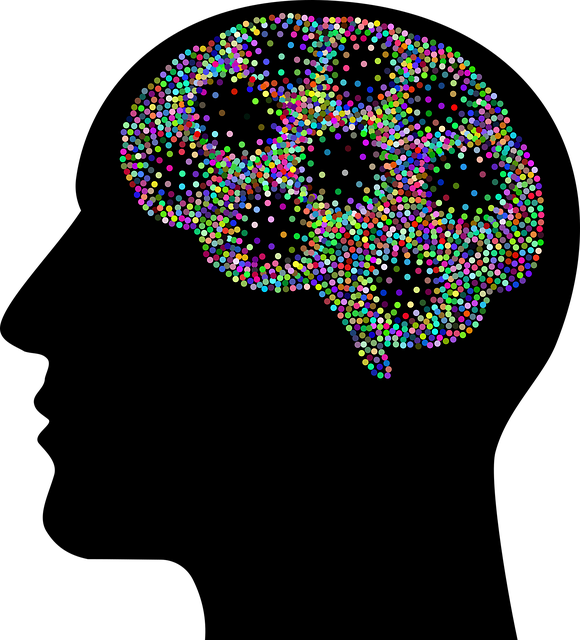Mental health policies are crucial in supporting adolescents and couples facing communication issues by providing tailored therapy, early interventions, and stress management resources. Identifying unmet needs and fostering open dialogue through evidence-based practices like risk assessment tools encourages help-seeking behaviors and reduces stigma. Advocacy, public awareness campaigns, and community partnerships with schools and organizations enhance access to emotional regulation resources for vulnerable groups, improving overall mental well-being.
Mental health policies significantly shape the accessibility and quality of care for adolescents and couples facing psychological challenges. This article delves into the intricate relationship between mental health policy and its profound impact on vulnerable populations, focusing on communication gaps in therapy services. We explore specific issues faced by adolescent teens and couples, highlighting barriers to care. Furthermore, we present advocacy strategies aimed at bridging these gaps, emphasizing the importance of accessible, inclusive, and effective mental health care for all.
- Understanding Mental Health Policy and Its Impact on Adolescents and Couples
- Identifying Communication Gaps: Therapy for Adolescent Teens and Couples
- Advocacy Strategies to Bridge the Gap in Mental Health Care Access
Understanding Mental Health Policy and Its Impact on Adolescents and Couples

Mental health policies significantly shape the accessibility and quality of care for adolescents and couples facing communication issues and various mental health challenges. These policies dictate funding allocation, service provision, and the overall framework within which mental health professionals operate. Effective mental health policies recognize the unique needs of adolescents and couples, incorporating strategies to improve therapy access, reduce stigma, and enhance mood and stress management.
By integrating evidence-based practices, such as risk assessment tools for mental health professionals, policies can ensure that adolescents and couples receive tailored support. This includes early intervention programs, accessible counseling services, and resources for stress management and mood stabilization. Such policy interventions aim to foster a supportive environment, promoting open communication about mental health struggles and encouraging help-seeking behaviors among young individuals and couples.
Identifying Communication Gaps: Therapy for Adolescent Teens and Couples

Identifying communication gaps is a crucial step in shaping effective mental health policies, particularly when focusing on therapy for adolescent teens and couples. In many cases, young adults and their families struggle to access appropriate resources due to unmet needs and undiscussed issues. Therapy tailored for this demographic often requires specialized approaches that address unique challenges, such as peer pressure, academic stress, and identity formation. By fostering open dialogue, mental health professionals can help break down barriers and provide much-needed Crisis Intervention Guidance.
Effective communication strategies are essential to preventing burnout among practitioners while enhancing the overall quality of care. Mental Health Education Programs Design should prioritize training future therapists in active listening and empathetic communication techniques. These skills enable professionals to better comprehend clients’ perspectives, especially within the context of couples therapy, where intimate conversations can reveal hidden conflicts or unspoken fears. Such insights are vital for creating personalized treatment plans that resonate with both individuals, ultimately improving their mental well-being.
Advocacy Strategies to Bridge the Gap in Mental Health Care Access

Advocacy plays a pivotal role in addressing disparities in mental health care access, particularly for vulnerable populations such as adolescent teens and couples facing communication issues. One effective strategy involves public awareness campaigns that highlight the importance of emotional regulation and anxiety relief, breaking down stigma associated with seeking therapy. By focusing on stories of self-esteem improvement, these campaigns can inspire individuals to prioritize their mental well-being.
Community partnerships are another powerful tool. Collaborating with schools, youth organizations, and faith-based groups enables advocates to reach a broader audience, offering resources and support for those struggling with emotional challenges. Targeted initiatives aimed at improving access to therapy for adolescent teens and couples can help bridge the gap, ensuring that everyone has an opportunity to enhance their emotional regulation and lead fulfilling lives.
Mental health policy analysis reveals critical communication gaps in therapy services, particularly regarding adolescents and couples. By understanding the impact of mental health policies on these groups, we can advocate for more inclusive and accessible care. Implementing targeted advocacy strategies aimed at improving mental health care access is essential to bridging these gaps, ensuring that both adolescent teens and couples receive the support they need to navigate communication issues and achieve better mental well-being.













